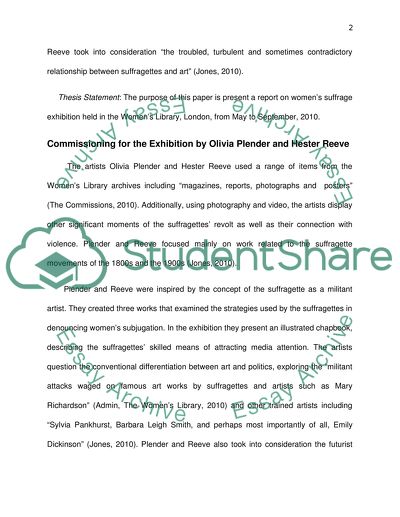Cite this document
(“Women's Suffrage Exhibition, London, 2010 Dissertation”, n.d.)
Retrieved de https://studentshare.org/people/1391339-womens-suffrage-exhibition-london-2010
Retrieved de https://studentshare.org/people/1391339-womens-suffrage-exhibition-london-2010
(Women'S Suffrage Exhibition, London, 2010 Dissertation)
https://studentshare.org/people/1391339-womens-suffrage-exhibition-london-2010.
https://studentshare.org/people/1391339-womens-suffrage-exhibition-london-2010.
“Women'S Suffrage Exhibition, London, 2010 Dissertation”, n.d. https://studentshare.org/people/1391339-womens-suffrage-exhibition-london-2010.


